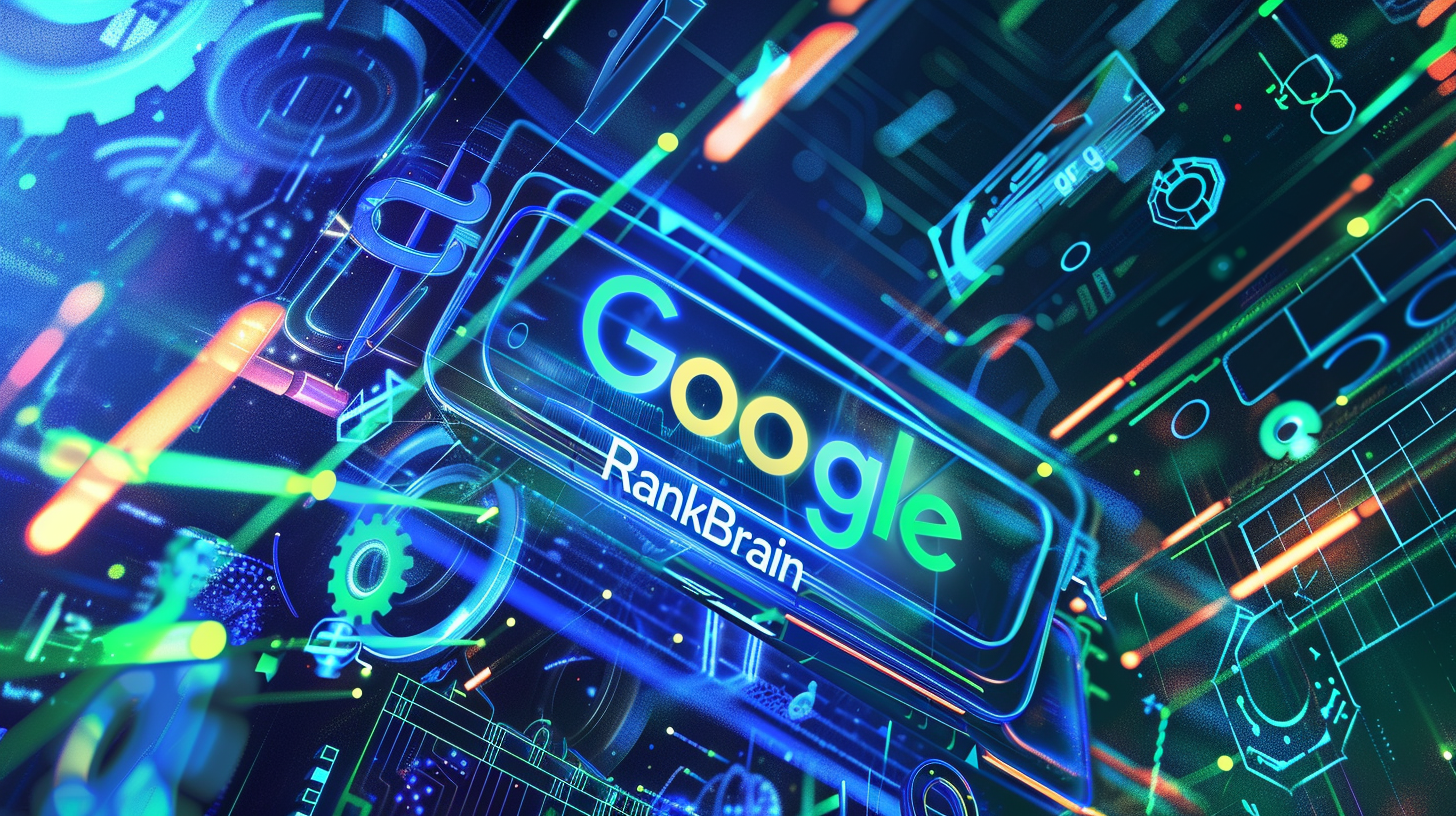
About 15% of all daily searches are new or unique – How is RankBrain different from other Google algorithms? – Image: Xpert.Digital
RankBrain: The innovative heart of Google's search algorithm
15% of all search queries are new. How Google's AI masters even new and complex searches
Around 15% of all daily searches on Google are completely new and unique - a fascinating phenomenon that shows how dynamic the world of information search is. But how does Google manage to deliver relevant results even for these new types of queries? The answer lies in RankBrain, one of the most important parts of Google's algorithm. RankBrain is not just another algorithm, but a paradigm shift in the way search engines understand and interpret queries.
RankBrain differs significantly from other Google algorithms through its innovative use of artificial intelligence (AI) and machine learning. It allows Google to better understand search queries and deliver more relevant results - especially for new, complex or unclearly worded queries.
The development of RankBrain: A look back
RankBrain was introduced in 2015 as an extension of the existing Google algorithm and was initially used for around 15% of search queries. The goal was to improve the quality of search results for new and unique queries. However, within a year, RankBrain became so powerful that it influenced almost every search query. It was Google's first AI-powered system that could continuously learn - a milestone in the history of search engine optimization (SEO).
How is RankBrain different from other algorithms?
The difference between RankBrain and traditional algorithms like Hummingbird or Panda lies primarily in its ability to work dynamically and self-learning. While previous systems were based on static rules, RankBrain brings a new dimension to the search engine world.
1. Machine learning and artificial intelligence
RankBrain is Google's first system based on machine learning. This means that it can evolve on its own, without manual programming. It analyzes huge amounts of data, detects patterns and draws conclusions to better understand future search queries. Unlike Hummingbird, which was primarily focused on semantic search, RankBrain goes a step further and understands the relationships between terms on a conceptual level.
For example: If a person searches for “How is climate change affecting the Arctic?”, RankBrain not only recognizes the key terms “climate change” and “Arctic,” but also understands the underlying question of cause and effect.
2. Dealing with new and complex search queries
About 15% of daily searches are completely new. This poses challenges for traditional algorithms because no prior data is available. RankBrain handles this through semantic analysis and pattern recognition. Instead of just focusing on keywords, RankBrain analyzes the entire context of the search query. It identifies user intent and delivers relevant results, even if the query is vague or complex.
An example: With a query like “best phone for night photography under €500,” RankBrain recognizes the intention to find a smartphone that both offers a good camera for night photography and fits into a specific budget.
3. Dynamic weighting of ranking factors
One of the most revolutionary aspects of RankBrain is its ability to dynamically weight ranking factors. While traditional algorithms use static weights, RankBrain adjusts priorities depending on the search query. This means that certain factors – such as the relevance of a keyword or the authority of a website – carry different weight depending on the context.
For example: For a local search like “best pizzeria in Berlin,” RankBrain will take the user’s location more into account than for a general search like “history of pizza.”
4. Integration into semantic search
RankBrain builds on the progress of the Hummingbird update, which introduced semantic search. However, it goes beyond that by not only capturing the meaning of search queries but also learning how different concepts are linked to each other. This capability allows RankBrain to recognize similar or related terms and include them in search results.
For example, RankBrain understands that “car” and “vehicle” are often used interchangeably, or that “laptop” and “notebook” mean the same thing.
5. Natural Language Processing
Another important advantage of RankBrain is its ability to understand natural language. This makes it particularly useful for long-tail searches, voice searches, and conversational questions. By recognizing colloquial expressions and new neologisms, RankBrain also delivers precise results in such cases.
For example, a search like "Where can I get burgers near me that aren't expensive?" is interpreted by RankBrain as a search for affordable burger restaurants nearby - even if the query is grammatically incorrect.
6. Optimization for voice search and mobile devices
With the rise of voice assistants like Google Assistant and the increasing use of mobile devices, natural language processing is critical. RankBrain has been optimized to understand spoken queries just as well as typed ones. This is particularly important because voice searches are often longer and more informal than traditional search queries.
Why is RankBrain so important?
RankBrain is revolutionizing the way search engines work by complementing traditional approaches with AI-powered innovations. It improves the relevance of search results, promotes user-friendliness and ensures that helpful information is provided even for new or complex queries.
However, for companies and SEOs, this also means that traditional optimization methods alone are no longer sufficient. Instead of just relying on keywords, it is important to create content that captures user intent and offers real added value.
RankBrain as the key to the future of search
RankBrain is much more than just an algorithm – it is a milestone in the development of intelligent search engines. By using AI and machine learning, Google has created the foundation for a new era of information search. RankBrain shows how technology can be used to solve complex problems and continually improve the user experience. In a world where the information landscape is constantly changing, RankBrain remains an essential tool for keeping up with user needs.
Suitable for:
